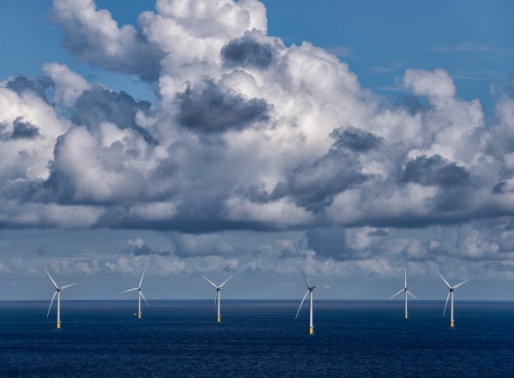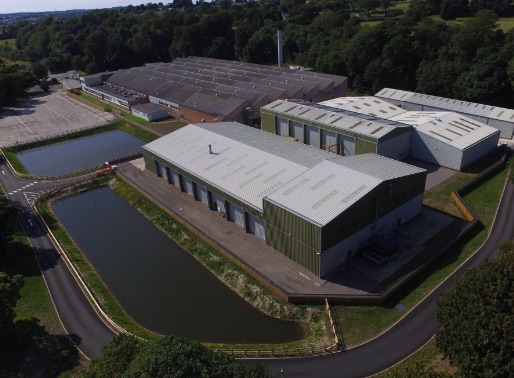Resilient & Green Economy
Ensure the key infrastructure and services to support the future development of a resilient and green economy
Our region has the potential to play a significant role in the clean growth agenda and be at the forefront of the transition to a post-carbon economy, with excellent green energy resources and opportunities for new initiatives to build upon its existing portfolio.

Cumbria is at the centre of the UK’s nuclear sector, has one of the world’s largest off-shore windfarms, generating 20% of offshore output, and is an area where new technologies such as wave and tidal power and new battery technologies sit alongside the more mature forms of generation.
It has the capability to lead on a range of large-scale, nationally significant infrastructure projects that will contribute towards economic growth - locally, regionally within the Northern Powerhouse context and for the UK as a whole.
Cumbria LEP supports and will fully play its role in the move to develop a structured, county-wide approach to address the current UK-wide target of net zero carbon by 2050.
Cumbria has faced serious challenges from major weather events in recent years, most noticeably several major flooding events, but also storms and high winds that have impacted on our utilities and transport infrastructure. Many of our main towns and cities have had serious impacts from flooding that can have lasting economic, business disruption and social impacts (Carlisle, Kendal, Keswick, Cockermouth, Appleby, Workington).
As a result of climate change the Met Office long term projections are for the number and intensity of these extreme weather events to rise in Cumbria. We need to ensure the key utilities infrastructure is in place to support the future development and resilience of Cumbria's economy (water and sewerage, energy supply, flood defences/ resilience).

Interesting work is underway involving the Environment Agency is seeing how there can be better river catchment flood management involving new approaches to land use and management. As noted in the ideas section, Cumbria is and should be at the forefront of this work. We also need to ensure that our infrastructure is resilient and that we help communities adapt to climate change.
Looking ahead Cumbria needs to start to develop and roll-out the infrastructure and services needed to help a shift to greener growth. This will include electric vehicle charging points and working to ensure that there are better sustainable public transport alternatives for our businesses, visitors and residents alike.

CASE STUDY: James Walker & Co Ltd
James Walker’s presence in Cumbria has been confirmed following completion of major flood defence works, part-funded by CLEP. The £2.6M Local Growth Fund investment has significantly reduced the business continuity risk of a future flood event, safeguarding the 406 jobs currently employed at the site, and leading to increased investment resulting in the creation of 30 new jobs and an additional £9.8 million of capital expenditure investment in the site by James Walker over the next 5 years. The investment in the Cockermouth facility has helped ensure that this global engineering firm can continue to operate and expand its global technical R&D centre here in Cumbria.

